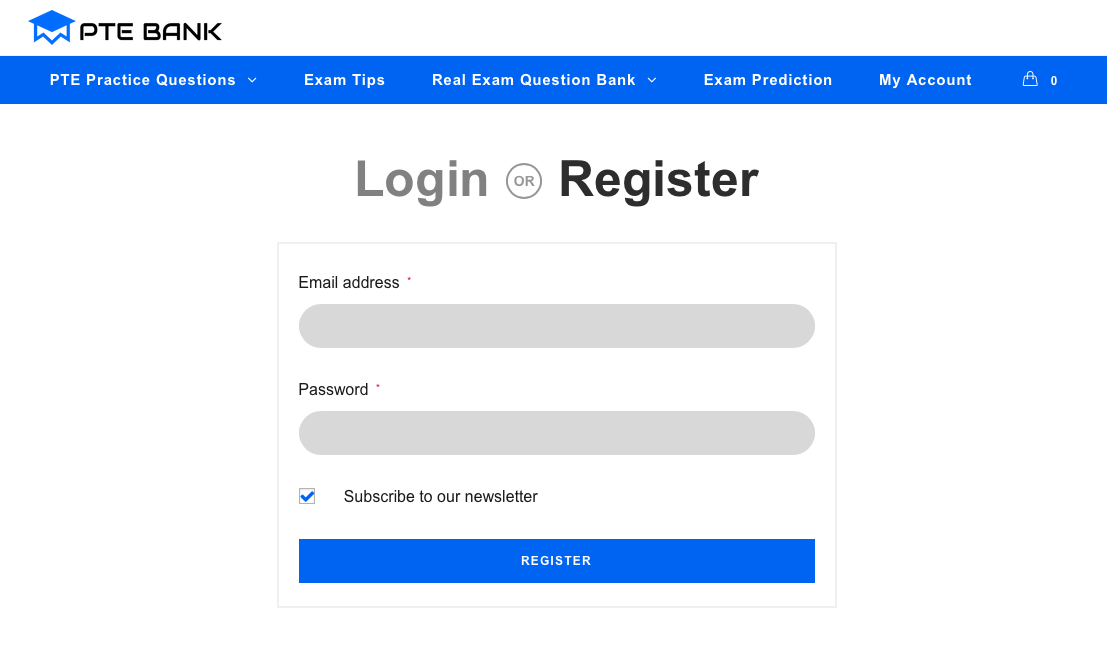Here are Top 3 frequently asked Fill in the Blanks (Reading) questions in recent PTE Academic test (May 2020).
1.Australia Higher Education Funding
Financing of Australian higher education has undergone dramatic change since the early 1970s. Although the Australian Government provided regular funding for universities from the late 1950s, in 1974, it assumed full responsibility for funding higher education – abolishing tuition fees with the intention of making university accessible to all Australians who had the ability and who wished to participate in higher education.
Since the late 1980s, there has been a move towards greater private contributions, particularly students fees. In 1989, the Australian Government introduced the Higher Education Contribution Scheme (HECS) which included a loans scheme to help students finance their contributions. This enabled universities to remain accessible to students by delaying their payments until they could afford to pay off their loans. In 2002, the Australian Government introduced a scheme similar to HECS for postgraduate students – the Postgraduate Education Loan Scheme (PELS).
Funding for higher education comes from various sources. This article examines the three main sources – Australian Government funding, students fees and charges, and HECS. While the proportion of total revenue raised through HECS is relatively small, HECS payments are a significant component of students’ university costs, with many students carrying a HECS debt for several years after leaving university. This article also focuses on characteristics of university students based on their HECS liability status, and the level of accumulated HECS debt.
2.Emerald Green
Emerald is defined by its green color. To be an emerald, a specimen must have a distinctly green color that falls in the range from bluish green to green to slightly yellowish green. To be an emerald, the specimen must also have a rich color. Stones with weak saturation or light tone should be called “green beryl.” If the beryl’s color is greenish blue then it is an “aquamarine.” If it is greenish yellow it is “heliodor.”
This color definition is a source of confusion. Which hue, tone, and saturation combinations are the dividing lines between “green beryl” and “emerald”? Professionals in the gem and jewelry trade can disagree on where the lines should be drawn. Some believe that the name “emerald” should be used when chromium is the cause of the green color, and that stones colored by vanadium should be called “green beryl.”
Calling a gem an “emerald” instead of a “green beryl” can have a significant impact upon its price and marketability. This “color confusion“ exists within the United States. In some other countries, any beryl with a green color – no matter how faint – is called an “emerald.”
3.Impressionist
Impressionism was a nineteenth-century art movement that began as a loose association of Paris-based artists who started publicly exhibiting their art in the 1860s. Characteristics of Impressionist painting include visible brush strokes, light colors, open composition, emphasis on light in its changing qualities (often accentuating the effects of the passage of time), ordinary subject matter, and unusual visual angles. The name of the movement is derived from Claude Monet’s Impression, Sunrise (Impression, Soleil Levant). Critic Louis Leroy inadvertently coined the term in a satiric review published in Le Charivari.
Radicals in their time, early Impressionists broke the rules of academic painting. They began by giving colors, freely brushed, primacy over line, drawing inspiration from the work of painters such as Eugene Delacroix. They also took the act of painting out of the studio and into the world. Previously, not only still lives and portraits, but also landscapes had been painted indoors, but the Impressionists found that they could capture the momentary and transient effects of sunlight by painting air (in plain air).
More Real PTE Questions for May 2020?
Get start with signing up with PTE BANK!
Step 1: Register an account
Step 2: Choose your perfect PTE Exam Package
Step 3: Go to “My Account”, click on “download” to get PTE preparation materials


